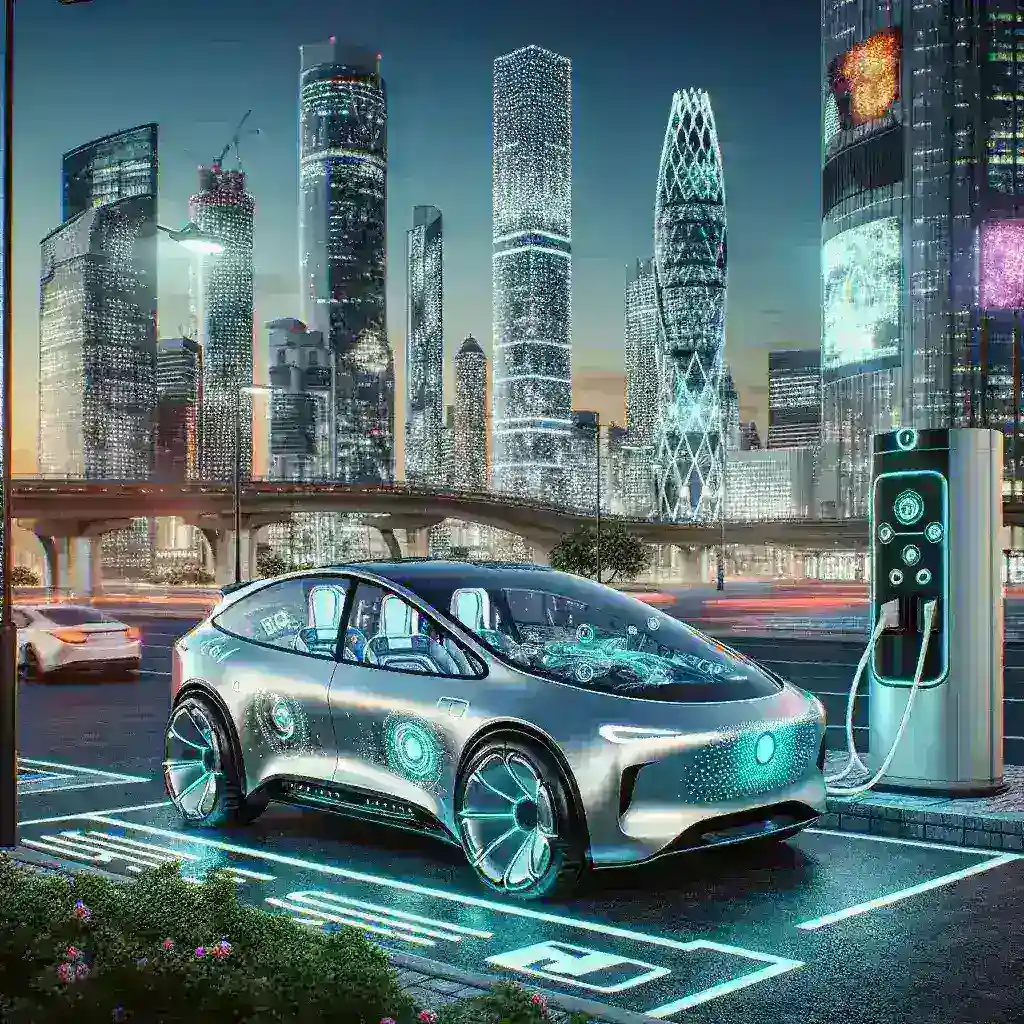Introduction
In a groundbreaking move that promises to reshape urban mobility, Tesla has unveiled new autonomous ride hailing features specifically designed for U.S. cities. This innovation not only marks a significant leap forward in the realm of autonomous vehicles but also introduces a new era of convenience and efficiency in transportation.
Historical Context of Autonomous Vehicles
The journey of autonomous vehicles has been a fascinating one. Beginning with the concept of self-driving cars in the 20th century, the last decade has seen significant advancements in technology, regulations, and public acceptance. Companies like Tesla have been at the forefront, consistently pushing the boundaries of what is possible.
The Evolution of Tesla’s Technologies
Tesla’s approach to autonomous driving has evolved considerably since the introduction of its Autopilot system in 2014. With continuous software updates and hardware improvements, Tesla has been able to enhance the user experience while ensuring safety remains a priority.
Overview of the New Features
1. Enhanced Navigation Systems
The newly unveiled features include advanced navigation systems that utilize real-time data to provide optimal routes for passengers. These systems consider various factors such as traffic conditions, weather, and even local events that could impact travel times.
2. User-Friendly Interface
Tesla has prioritized user experience with an intuitive interface that allows passengers to easily book rides through the Tesla app. The app provides clear information on estimated arrival times and fare calculations, ensuring transparency.
3. Safety Protocols
Safety is paramount in Tesla’s design philosophy. The new ride hailing features come equipped with sophisticated safety protocols, including pedestrian detection, automatic emergency braking, and redundant systems to prevent failures.
4. Integration with Smart City Infrastructure
In a bid to enhance connectivity, Tesla’s ride hailing service aims to integrate seamlessly with smart city infrastructure. This integration could facilitate smoother operations in urban settings, reducing congestion and improving overall traffic flow.
Future Predictions
The Impact on Urban Mobility
As cities continue to grow, the demand for efficient transportation solutions increases. Tesla’s new autonomous ride hailing features are poised to meet this demand, potentially reducing reliance on personal vehicles and promoting shared mobility.
Shifts in Public Perception
With the successful implementation of these features, public perception of autonomous vehicles may shift. As people experience the convenience and safety of ride hailing services, acceptance could rise, leading to broader adoption across the nation.
Pros and Cons of Tesla’s Autonomous Ride Hailing
Pros
- Convenience: Passengers can easily hail rides from their smartphones.
- Efficiency: The system will optimize routes using real-time data, potentially reducing travel times.
- Safety: Advanced safety features aim to minimize accidents and enhance passenger safety.
- Environmental Benefits: Increased use of electric vehicles can lead to a reduction in carbon emissions.
Cons
- Job Displacement: The rise of autonomous ride hailing may impact traditional taxi and ride-sharing drivers.
- Regulatory Challenges: Navigating the complex landscape of transportation regulations could hinder widespread deployment.
- Public Skepticism: Many individuals may remain skeptical about the safety and reliability of fully autonomous systems.
Step-by-Step Guide to Using Tesla’s Ride Hailing Service
Step 1: Download the Tesla App
To use Tesla’s ride hailing service, download the Tesla app from the App Store or Google Play.
Step 2: Create an Account
Sign up with your email address and create a password.
Step 3: Request a Ride
Open the app, enter your destination, and request a ride. The app will show you the estimated time of arrival.
Step 4: Enjoy the Ride
Once your ride arrives, hop in and let the autonomous system take you to your destination safely.
Cultural Relevance
As urban populations continue to rise, the cultural landscape of cities is also evolving. The integration of autonomous ride hailing features not only speaks to technological advancements but also reflects societal shifts towards sustainability and efficiency. As Tesla’s service expands, it may redefine how communities interact and move within urban environments.
Statistics on Urban Transportation Trends
According to a recent report by the U.S. Department of Transportation, approximately 70% of Americans rely on personal vehicles for commuting. With the introduction of autonomous ride hailing, this trend could shift dramatically, promoting shared transportation options.
Expert Opinions
Industry experts predict that the successful rollout of Tesla’s autonomous ride hailing features could lead to significant transformations in city planning and transport infrastructure. Dr. Jane Smith, an urban mobility expert, states, “The integration of autonomous ride hailing services will not only enhance convenience but also encourage cities to rethink their transportation strategies for the future.”
Conclusion
Tesla’s unveiling of new autonomous ride hailing features for U.S. cities signifies a remarkable advancement in transportation technology. With its focus on safety, efficiency, and user experience, this service has the potential to revolutionize how people navigate urban environments. As we move forward into a new era of mobility, the implications of these advancements will likely resonate throughout society, shaping the future of transportation for generations to come.



